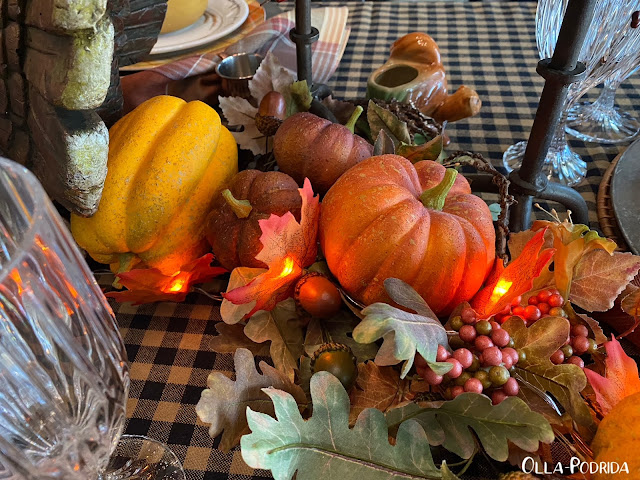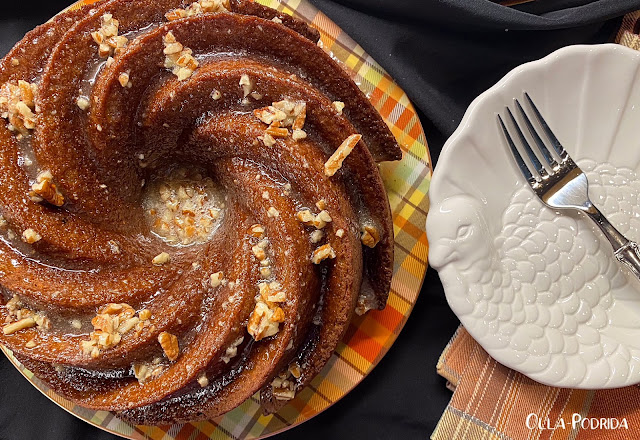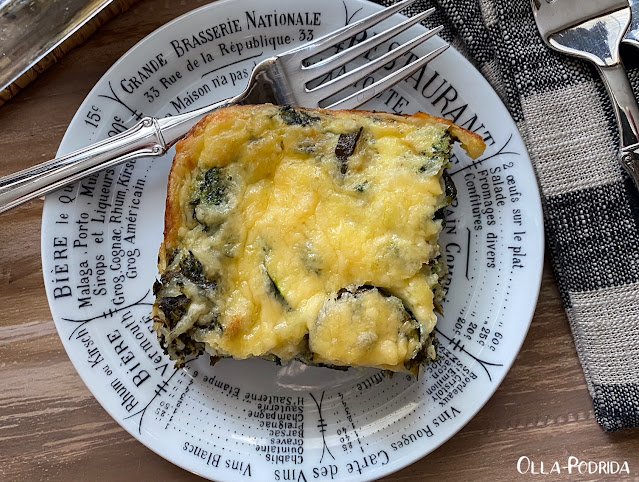As someone who is both interested in Native American culture as
well as having made my own acorn meal, the book, New Native Kitchen, Celebrating Modern Recipes
of the American Indian by Freddie Bitsoie
really spoke to me. Considering that we are coming up on the Thanksgiving
celebration remembering when the Native Americans and pilgrims sat down to dine
together in an effort of peace, the timing of this publication couldn’t be
better.
Whether you are interested in Native American
culture or not, this book will still appeal because of its unique and wide
variety of recipes. What I found fascinating was that the various recipes
mention the tribe with which they are associated. The regional differentiations
between them are fascinating.
A bit of history is featured atop each recipe
explaining the origin, preparation, planting, spiritual connection, and
historical content. I was captivated as much by that text as I was the recipes.
The recipes themselves are easy to prepare, and,
for the most part, contain ingredients that most of us have in our pantries. I
was introduced to a new bean, the tepary bean, a white bean described as being
“… a little sweeter than the earthier brown ones…” Interesting, no? A good
substitute would be the navy bean, but as these are said to be available, I
intend to begin the search so that I can make dishes that are truly authentic.
Lest you think these recipes simple and common place, the grilled beef
tenderloin with juniper sauce appears to be restaurant quality. Paging through
this book I found one recipe after another that appealed. In Native American
culture the three sisters refers to a planting method that allowed squash,
corn, and greens to grow symbiotically and support each other like sisters.
This combination is found in a variety of soups and stews.
I was particularly pleased to see a recipe for Sweet Summer Corn Broth,
employing the use of corncobs to make its stock. I have been making my own corn
stock for ages for use in corn chowder and vegetable soups. One of the
traditions of the author's childhood was to have a bowl or two to celebrate
what had passed or what was to come every New Year’s Eve. What a lovely family
tradition.
The older recipes, the author assures us, have
been given modern updates, only too aware that menus, tastes, and pallets
evolve. For example, the Wampanoag Cherry Stone clam is no longer solely
available for Northeasterners to enjoy, so with this recipe you can make it on
your own. It provided the inspiration for what is now known as New England clam
chowder, but without the heavy cream.
Each turn of the page will bring you a host of information, intriguing recipes,
new techniques, as well as beautiful photos. With Thanksgiving coming up on the
25th, and Native American Heritage Day on the 26, there is no better time to
give this book a try. It would make an excellent hostess gift. 
Disclaimer: I received a
complementary copy of this book from Abrams books as a member of their 20 21–22
Abrams dinner party.
As an Amazon Associate I earn from
qualifying purchases.










































